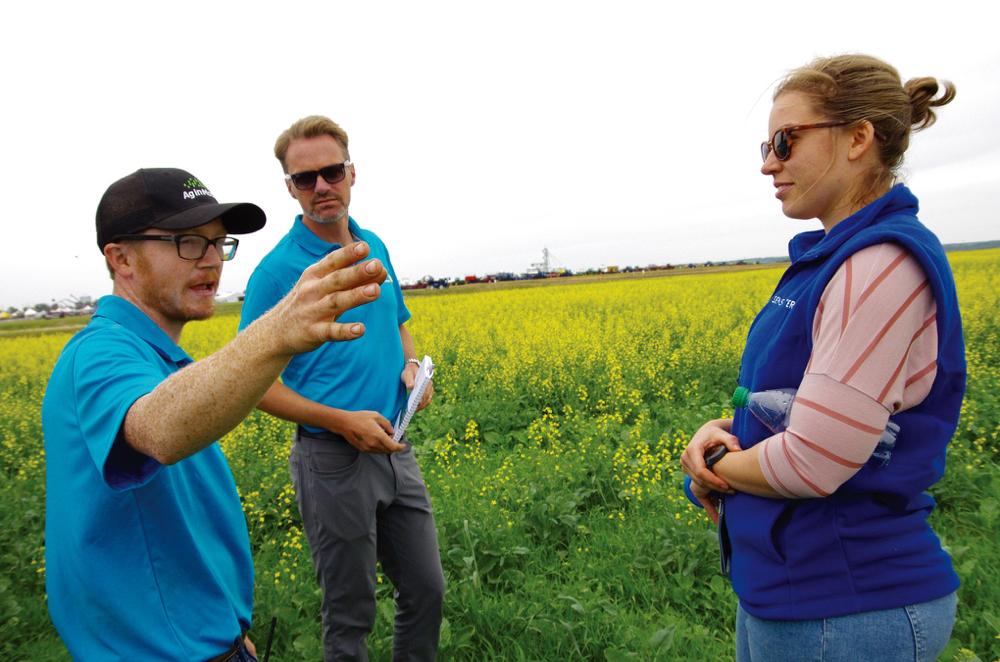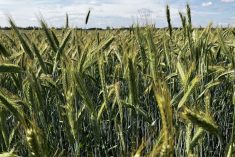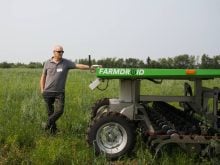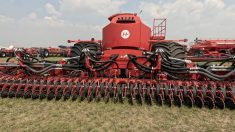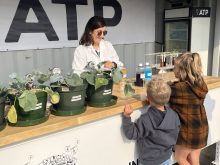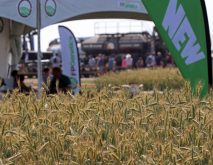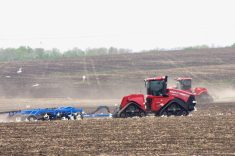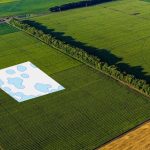The home of Western Canada’s largest farm show is now a season-long test site for incoming production trends.
Organizers opened Ag in Motion this year with the announcement of the Glacier FarmMedia Discovery Farm, and its newly minted “Field of Excellence,” July 15. The announcement slates 380 acres of the Ag in Motion grounds outside of Langham, Sask., for trials in agronomy, machinery and other unanswered production questions from farmers. Glacier FarmMedia is the parent company of the Manitoba Co-operator.
Read Also
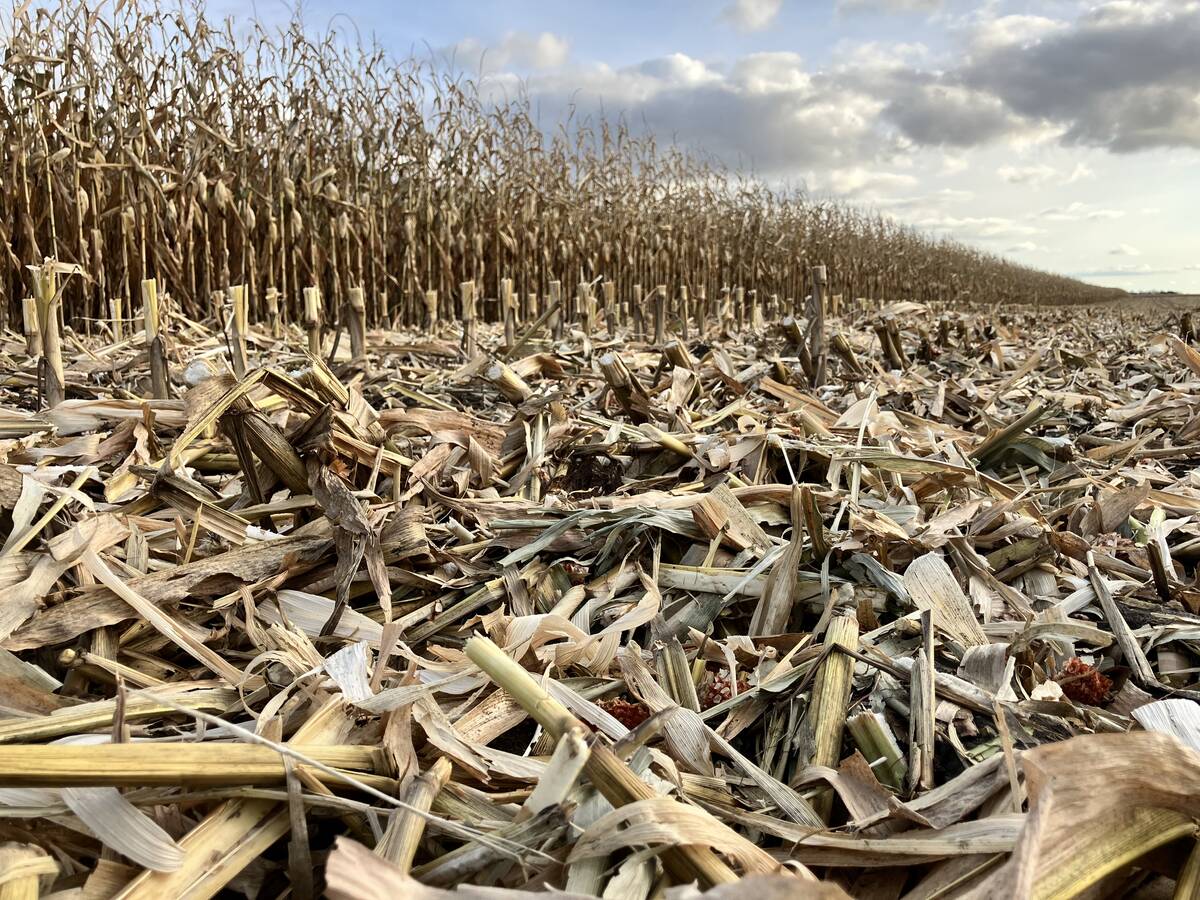
Corn yields surprise Manitoba farmers
StatCan said Manitoba had a fantastic 2025 corn crop, but yields were highly variable with some hitting 200 bu./acre, while others were closer to 100 bu.
Why it matters: Ag in Motion’s new applied research facility promises independent research and demonstration on some of the incoming production trends that farmers are interested in, but that they may want to see in the field before opting in.
The land is, “devoted to large scale demonstration projects as well as some smaller scale replicated research projects that we’ve partnered with industry on,” farm manager and Ag in Motion research chair Blake Weiseth said.
The farm’s debut trials planted 80 acres of soybeans, 80 acres of wheat fertility trials and 140 acres of canola testing both fertility aids and emergence impact of row crop planters versus airseeders.
Weiseth’s team also compared Atlas XC treatments, a fertility add-in that increases nutrient uptake, between plots seeded both with a conventional Morris airseeder versus a Horsch row planter.
Seeding instruments have garnered attention with canola growers as row crop acres expand and high canola seed prices get farmers debating whether the reduced seeding rate promised by row crop planters can also be applied to canola.
“It raises the question, should producers be investing in a row crop planter and, if they do choose to invest in that, can they also use it for their canola acres?” Weiseth said. “Really, that was the whole impetus for the trial. And then, being that we were having both sets of equipment, to keep it relevant to that piece of equipment, we wanted to test different seeding rates that are appropriate for each one.”

Early results suggest that row crop planters gave better emergence this year, although Weiseth warned that results might be very different in a wet year.
The farm also tested Radiate, another rooting aid used as a foliar application at herbicide timing.
“For all three of the crops, we have the ability to demonstrate some emerging nutritional products on the market place that are really meant to address some of the harsh spring conditions that we can have on the Prairies,” Weiseth said, pointing to this year’s cold, dry start, or other years that started cold and wet.
The Discovery Farm also has an agreement with Austrian digital farming company Pessl. Precipitation metres and soil probes have been installed in all three crop fields. Soil probes will report data at depths up to one metre, Weiseth said. The farm has recently added CropVIEW cameras and iSCOUT insect traps. The monitoring stations will take field photos for remote crop monitoring and insect trap pictures for remote scouting.
“Collectively, it just really gives us a greater ability to discern what’s going on in the field. In the example of this year, we probably didn’t need soil moisture probe data to tell that it was a dry year, but on maybe a year where there was less pronounced drought conditions where you might not be able to see visual manifestations of it, that data would help us explain what’s going on,” Weiseth said.
This year’s trials will not see a second year, something Weiseth says is purposeful, since the farm wants to gauge what farmers most want to see in the plots.


